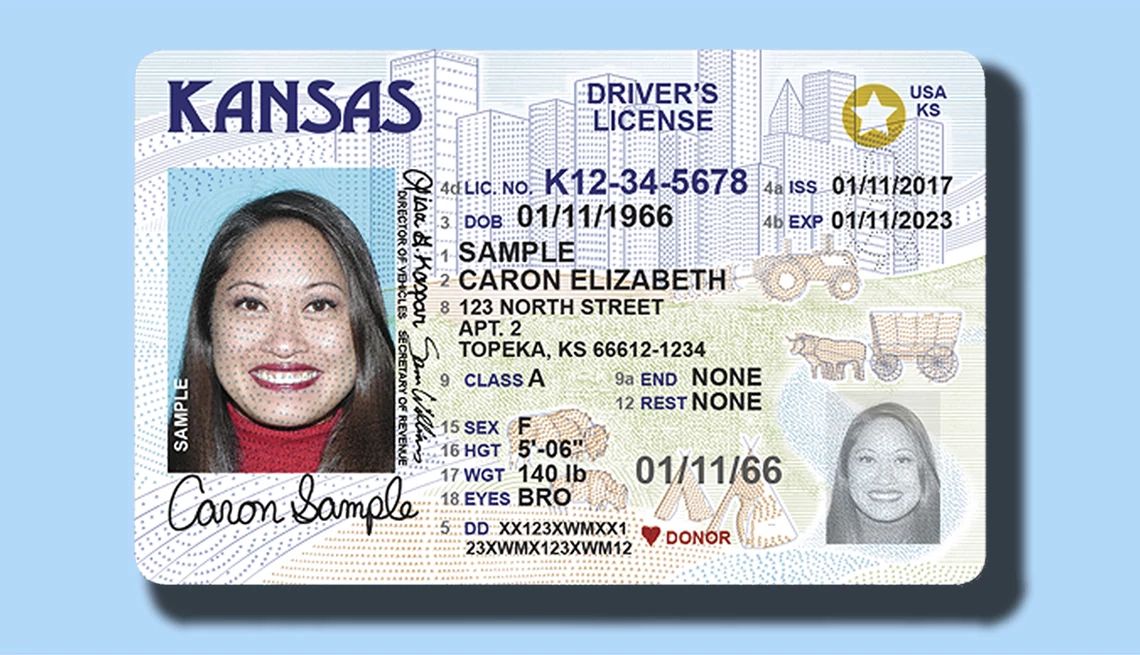AARP Hearing Center
The U.S. Department of Homeland Security (DHS) began enforcing the Real ID law on May 7, 2025. A regular driver’s license can no longer be used to board a domestic flight.
Conceived in the wake of the 9/11 terrorist attacks, the Real ID law requires people to show security-enhanced IDs to pass through airport security checkpoints or to enter certain federal facilities, such as military bases. This requirement led to the Real ID, which is an enhanced driver’s license or state ID card. Sometimes called the Star Card, because most states mark Real ID cards with a gold or black star in the top right corner, it must include an encoded “machine readable zone,” like a passport’s, with a person’s scannable information.
Travelers also will be able to use passports, passport cards or certain other federal documents as an alternative to a Real ID.
The DHS has spent years on its Real ID public information campaign, but many people remain confused over how to get the cards and what they are.
“Most savvy travelers know that they’ll need a Real ID to board a plane. … The people most affected will be infrequent travelers,” says Michelle Couch-Friedman, founder and CEO of advocacy organization Consumer Rescue. “Their mother gets sick and they have to get on a plane. They don’t have a Real ID. … They don’t know that they need a special ID just to fly domestically.” Her prediction: “There will need to be a separate section of the airport for all the people who are denied boarding and waiting to make their complaints.”
Many of those travelers could be 50-plus. According to research from AARP, 46 percent of travelers 50-plus plan to take an airplane for domestic trips in 2025.



































































